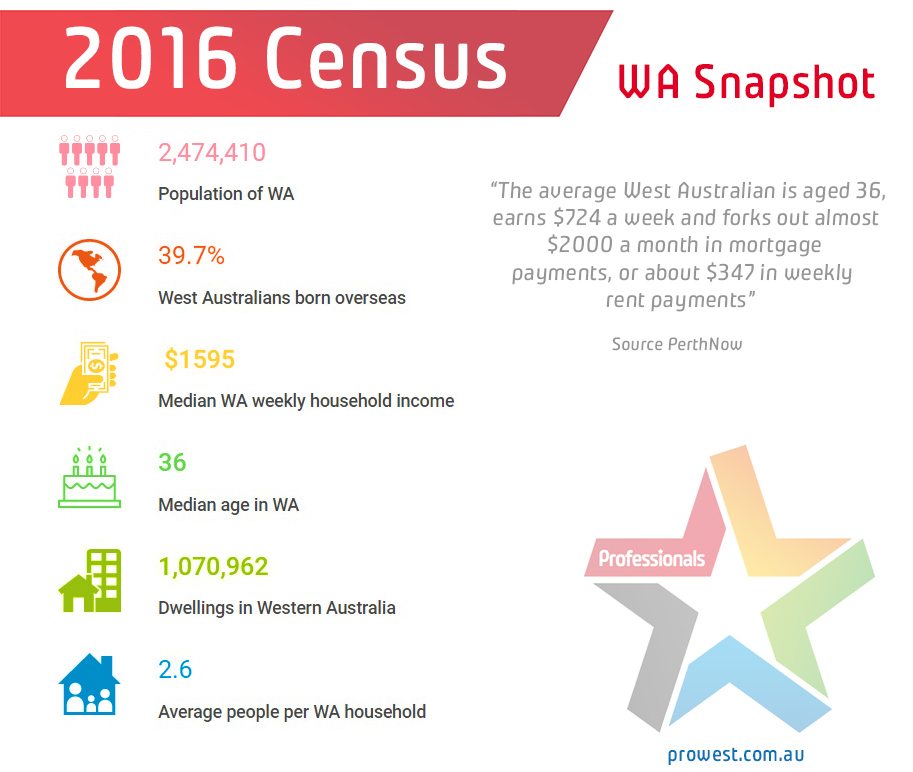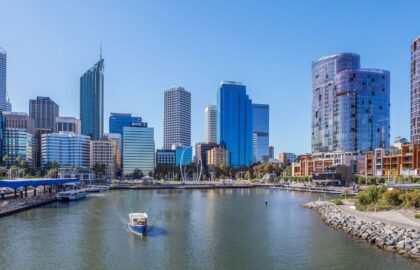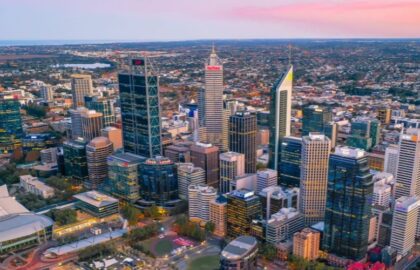
Last year’s Census Data has been released by The Australian Bureau of Statistics (ABS).
Here is a SnapShot of your fellow Western Australians…. (Source PerthNow)
The average Western Australian is aged 36, earns $724 a week and forks out almost $2,000 a month in mortgage payments, or about $347 in weekly rent payments.
That’s a snapshot of data from the Census conducted last year after results were released by the Australian Bureau of Statistics earlier on Tuesday.
There are about 1,070,962 dwellings in West Australia, with an average of 2.6 people per household and 1.9 vehicles per dwelling.
Almost 40% of West Aussies were born overseas, which is slightly less percentage-wise than in 2011, and the population is evenly split between male and female.
About 48.8% are married and about 16% are separated, divorced or widowed, leaving about 35% as never married.
Nationally, the Census shows the median weekly income is $662, up from $577 in 2011 and a near 15% increase compared with a rise of around 10% in the consumer price index.
Weekly wage growth among households was even greater, rising to $1438 and a 16. 5% increase since 2011.
In WA, the median weekly income rose to $724, from $662 in 2011.
The number of people paying off a mortgage has grown in the past 25 years despite rising house prices, but fewer own their property outright.
The 2016 Census shows 31% of people had paid off their mortgage – down from 32.1% cent in 2011 and 40% in 1991 – while those paying off a mortgage held steady at around 35% over recent surveys, but up from 27% a quarter of a century ago.
However, there has been a shift towards renting, with nearly 31% now paying a landlord, up from just under 30% five years ago and 27% in 1991.
Among West Australians, there are 247,050 people who own their home outright, while just over 344,000 have a mortgage and renters number 245,705.
When it comes to education in WA, more children than ever are being educated through government schools, as the trend away from private education continues.
More than 88,000 students attended a Government high school, compared to 68,000 at Catholic and other types of school.
The difference was even more pronounced within primary schools.
Almost 145,000 students attended state primary schools, with just under 37,000 at Catholic and about 28,000 at other primary schools.
NATIONAL SNAPSHOT
– Australia’s estimated population at December 31 was 24.4 million people.
– There were 23,717,421 people in Australia on Census night, which included 23,401,892 people who usually live in Australia (up 8.8% from 2011).
– More than 600,000 Australians were travelling overseas.
– New South Wales (NSW) is the most populous state, with 7,480,228 people counted, ahead of Victoria (5,926,624) and Queensland (4,703,193).
– The ACT experienced the largest population growth of any state or territory over the past five years, adding more than 40,000 new residents (an increase of 11%)
– Greater Sydney is Australia’s largest population centre with 4,823,991 people, growing at 1656 every week since the previous Census.
– 1.3 million new migrants have come to Australia since 2011, hailing from some of the 180 countries of birth recorded in the Census, with China (191,000) and India (163,000) being the most common countries of birth of new arrivals.
– Of all Australian residents, just more than a quarter of people (26%) said they were born overseas, with England remaining the most common country of birth other than Australia. For the first time in our history, the majority of people born overseas are now from Asia, not Europe.
-We remain a predominantly an English speaking country, with 72.7% of people reporting they speak only English at home. Tasmania had the highest rate of people speaking only English at home with 88%, while the Northern Territory had the lowest rate at 58%.
FAMILIES
The Census found Australia had 6.1 million families.
– 44.7% of couples had children
– 37.8% of couples had no children
– 15.8% of families were headed by single parents
– 81.8% of single parents were women and 18.2% were women
– The number of single-sex couples reported in the Census rose 39% between 2011 and 2016 to 46,800.
– About 2 million people lived on their own.
– The average number of children for South Australian families with children was 1.8
RELIGION
More than 52% of Australians are recorded as belonging to Christian faiths in the Census. More than 30% of people declared that they had “no religion”.
Almost 54% of South Australia residents identify as Christians, while 35.4% marked the “no religion” box on the census form.
Catholics make up 18%of the state’s population, Anglicans 10% and Uniting Church 7.1%. The Census question on religion is not compulsory and 9% of SA respondents didn’t answer it.
An independent panel which reviewed the Census data said the fact that “no religion” was at the top of the list of possible answers on the Census form religion question, may have boosted the number of people who ticked that box.









